How to decide if a solar water pump is for you, things to think about when going solar, and how to get to grips with some of the theory around solar powered irrigation system.
1. Types of solar irrigation pump
There are two main categories of solar water pumps, surface and submersible. Within these categories you will find several different pumping technologies each with different qualities.
1) Surface water pumps
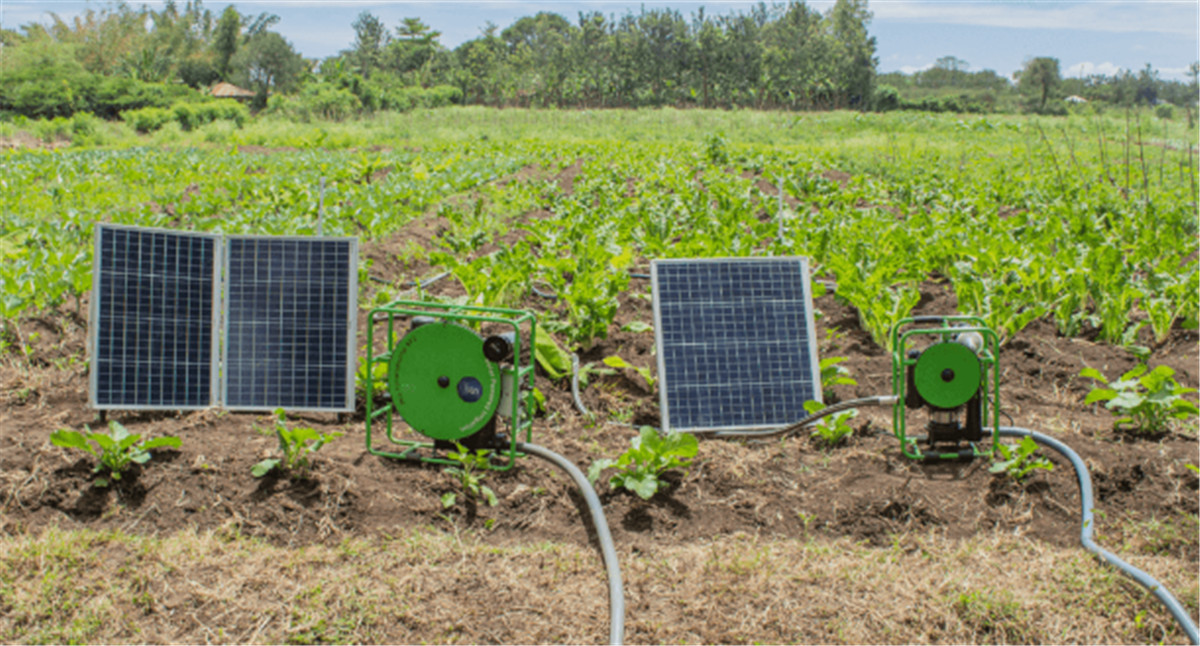
2) Submersible water pump
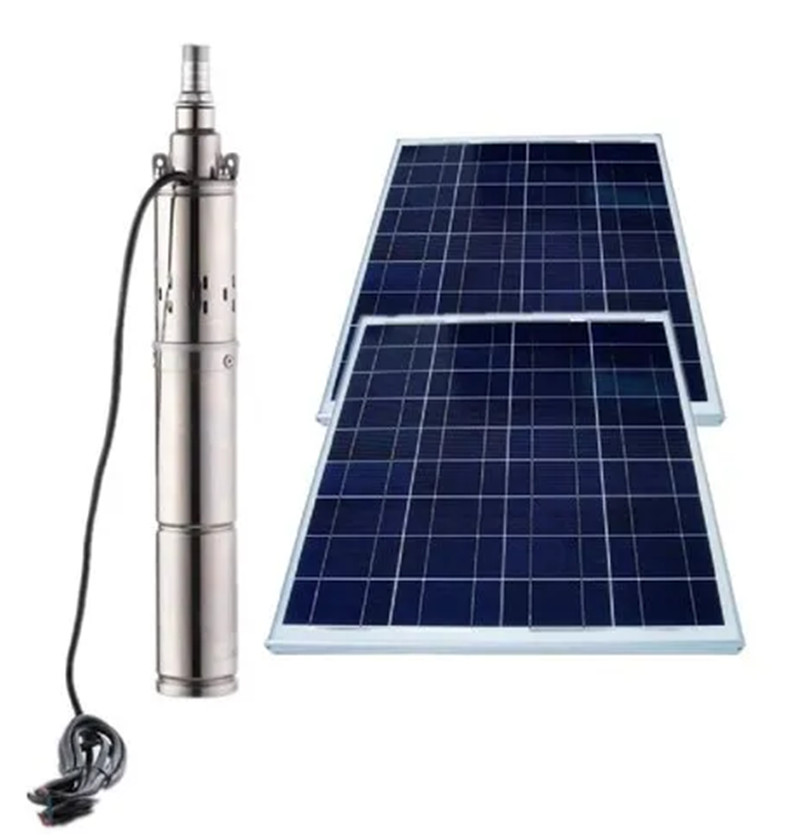
2. How to choose the best solar pump?
Solar powered water pump are suitable for many different types and sizes of farms. From small garden plots and allotments to larger, industrial farms, you should be able to find a solar powered pump that can match your needs.
There is a lot to consider when choosing a new machine for your farm, we can break it down as follows:
- What is your water source?
If your water source is at or near the ground surface (with the water level within 7m/22ft) you can look at surface water pumps. However, if it is further you will need to look at submersible/floating water pumps.
- How clean is your water source?
Is it likely your water sources will have sand, dirt, or grit that will pass through the pump? If so, you’ll need to make sure your chosen water pump can handle this to save on costly maintenance.
- Will your water source run dry whilst pumping?
Some pumps will overheat or be damaged if water stops flowing through them. Think about your water levels and if needed, choose a pump that can handle this.
- How much water do you need?
This can be difficult to work out as it can change season to season, so it is best to work to the peak water demand in the growing season.
Factors that affect the water demand exist:
1) Area of land to be irrigated:
The larger the area you are irrigating, the more water you will need.
2) The soil of the farm:
Clay soils hold water close to the surface, are easily flooded and require less water application than fast free-draining sandy soils.
3) The crops you want to grow:
If you haven't decided what crop to grow, a good estimate of the average crop's water needs is 5mm.
4) The way you water your crops:
You can use trench irrigation, hose irrigation, sprinklers or drip irrigation. If you want to use furrow irrigation you will need a higher flow rate as this method floods the land quickly, on the other hand is drip irrigation which uses slow drips of water to irrigate over a longer period of time. Drip irrigation requires a lower flow rate than trenches
So how do you estimate your water needs?
Since these things change with the years you have owned the farm, the best way to size your irrigation pump is to do a simple calculation of the peak water needed during the growing season.
A rough estimate using this formula should help you:
Area of land to be irrigated x crop water requirement = water required
Compare your answer with the flow rate reported by the manufacturer (note that the manufacturer will report the optimum output, usually at 1m head).
What Flow Rate Means for Farm Irrigation:
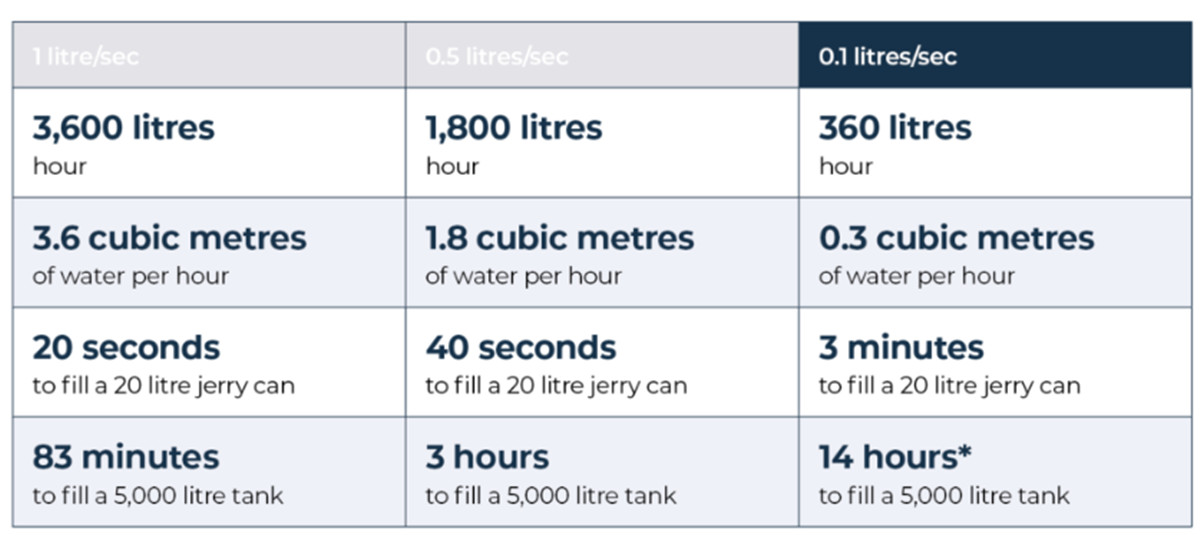
- How high do you need to lift the water?
Do you have a sloping farm, or a steep river bank to get over? Is the farm uphill, or maybe you want to use your solar water pump to store water in multiple overhead tanks?
Surface-pump-pumping-to-a-tank
The key here is to think about the vertical height you need to lift water, this includes the distance from the water level below the ground and above the ground. Remember, surface water pumps can only lift water up from 7m down.
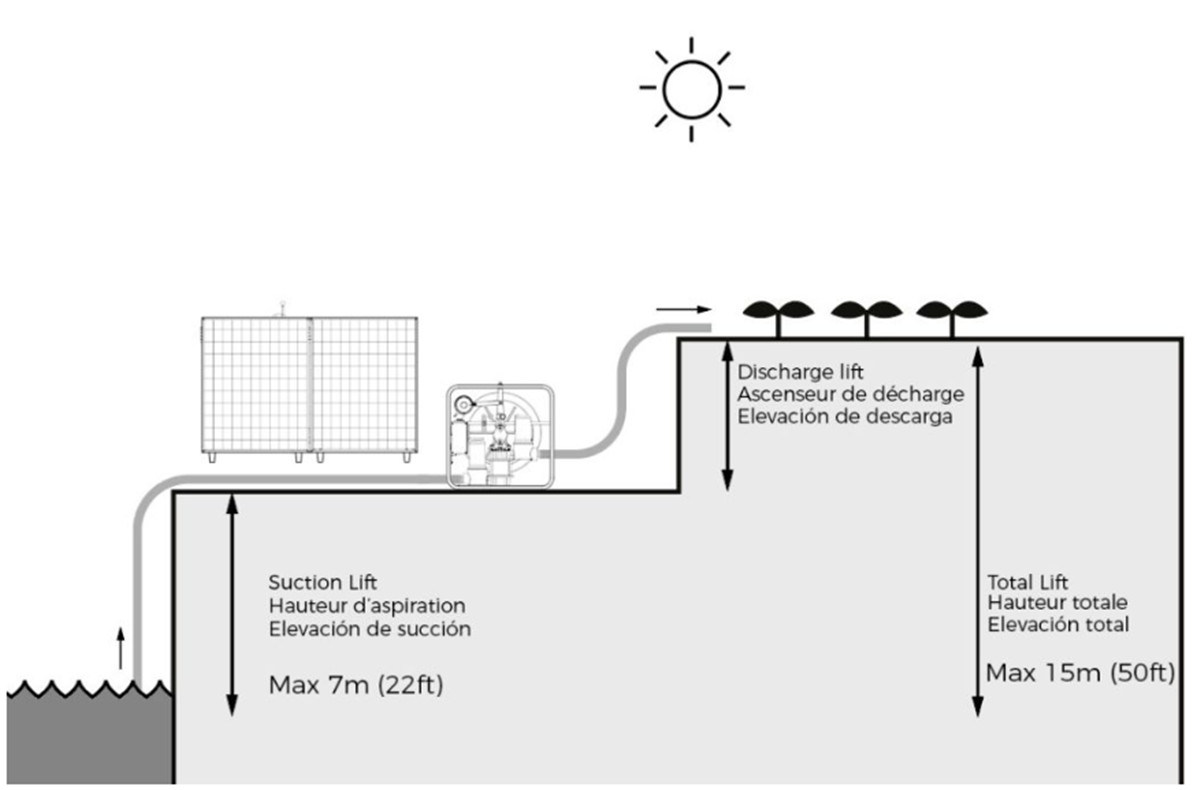
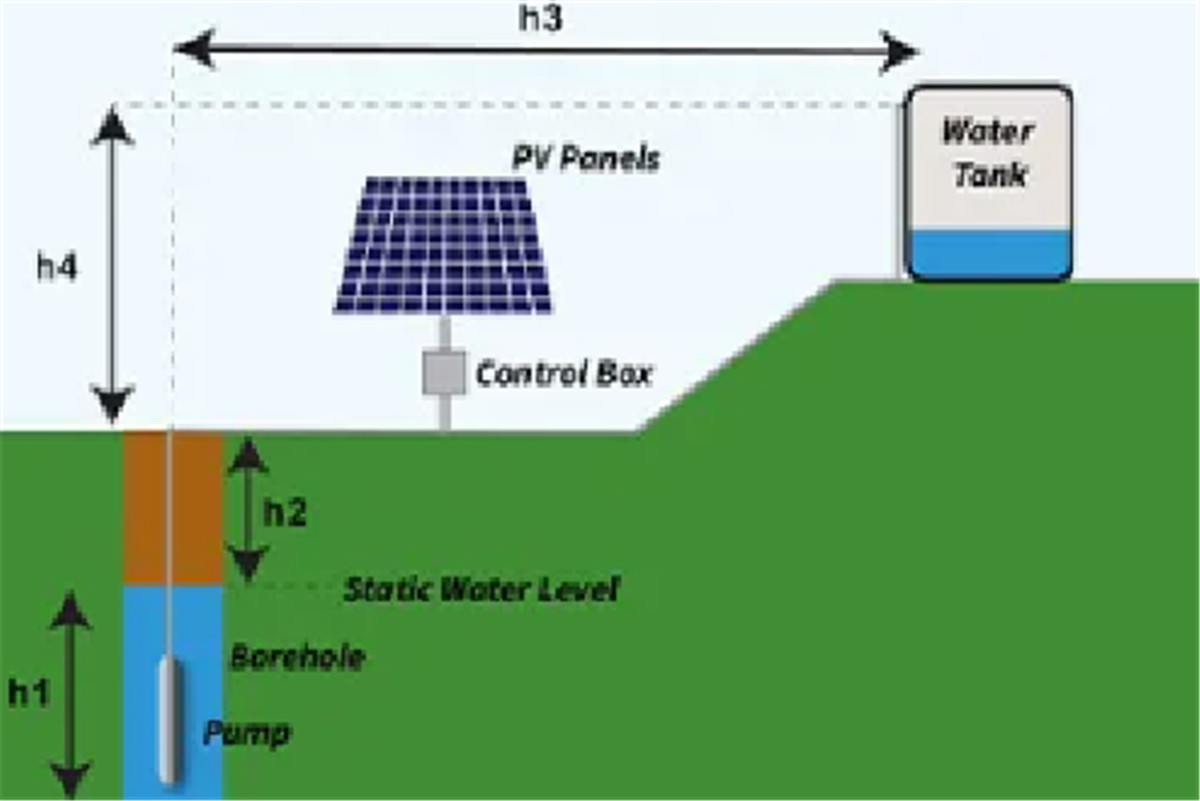
h1- Lift underwater (the vertical distance between the water pump and the water surface)
h2-Lift above water (the vertical distance between water surface and the wellhead)
h3-The horizontal distance between the well and the water tank
h4-Tank height
Actual lift required:
H=h1/10+h2+h3/10+h4
The higher you need to lift water the more energy this will take and this will mean that you get a lower flow rate.
- How can you maintain your solar water pump for agriculture?
Solar water pump for agriculture need to be able to handle a lot of hard, repetitive work, as well as being moved around your land. To keep any water pump working at it’s best some maintenance will be needed, but what this means and how much you can do yourself varies greatly between different water pumps.
Repairing-a-solar-water-pump
Some water pumps are as easy as maintaining a bicycle, while others may need support from professional technicians and others can’t be fixed at all.
So before you buy a water pump, make sure you know:
a) How it works
b) How it can be maintained
c) Where you can get spare parts and support if needed
d) What level of after-sales support is offered
e) Whether there is a warranty promise – asking your supplier about what level of support they offer
Post time: Aug-24-2023

